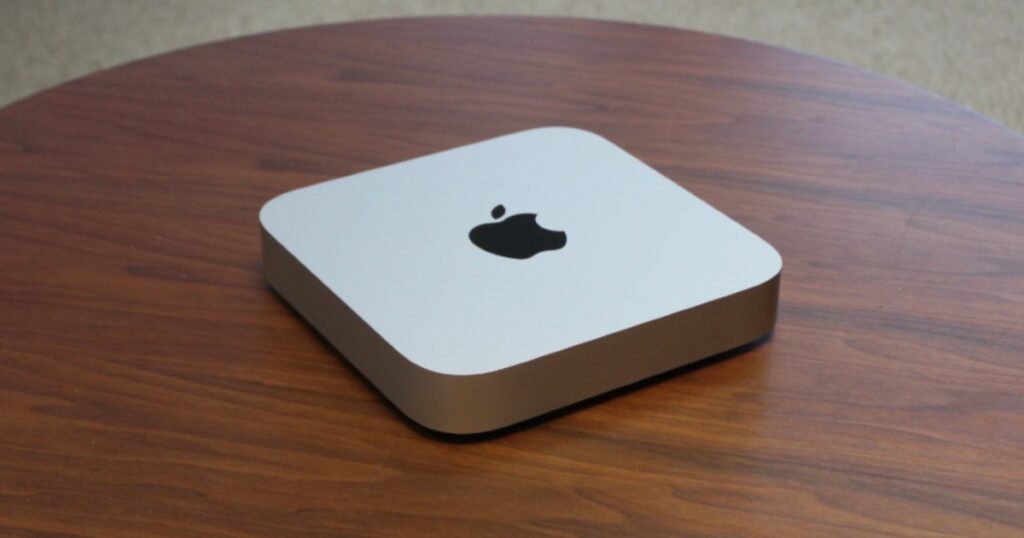Despite some surprises in the recent trajectory of Apple’s Metal architecture, Apple’s Mac machines and games don’t quite fit into the same equation. But it doesn’t seem to pack a punch on upcoming M4-tier machines, including the Mac mini.
Bloomberg’s Mark Garman writes in the latest edition of the Power On newsletter that Apple’s entry-level desktop computer will offer ray tracing support for the first time. For those who don’t know, this is a lighting system that adds a whole new level of visual realism to the game.
On the other hand, ray tracing is very taxing on local hardware, requiring not only a GPU but also a capable CPU to achieve the desired results in AAA games. More simply, meaningful ray tracing output for shadows and reflections requires a separate GPU on the computing platform.
Ever since Apple moved to M-series silicon, the door for discrete GPUs has been closed to the Mac lineup. Apple seems ready to make a change, and that could happen starting next week when a new version of the M4-powered Mac is announced.

Now, adding ray tracing support will automatically get gamers excited. But the challenges ahead will still be tremendous, because all that firepower will be wasted if there aren’t enough games to play.
“It should be a boon for gamers, especially if Apple gets the Mac’s game library in better shape,” notes Bloomberg. Over the past few years, Apple has persuaded a few heavy hitters to release titles such as; Assassin’s Creed Shadows, Death Stranding Director’s Cutand the Resident Evil series of games for Mac.
While these efforts are admirable, they don’t come close to the diversity of Steam for Windows. Additionally, games ported for the Metal architecture simply don’t hit the same performance benchmarks as games built natively for the x86 platform.
In addition to Mac Mini, Apple is also expected to offer ray tracing on M4-based versions of Mac Studio and Mac Pro next year. However, the Mac mini situation is quite interesting.

Apple is set to launch a redesigned Mac mini next week that offers a smaller footprint and revised port layout. It will be interesting to see how Apple juggles thermal headroom within the cramped chassis while still offering the benefits of ray tracing.
The company is also expected to do away with some of its stingy RAM approaches this time around. “For the first time, Apple is likely to start shipping low-end Macs with at least 16 gigabytes of memory,” the Bloomberg report said.
Apple is rumored to include only high-end configurations of M4 silicon in its upcoming Mac lineup, avoiding versions with nine CPU cores and only using trims with 10 CPU cores.
As for the rest of the hardware, leaks suggest that upcoming 14-inch and 16-inch MacBook Pro laptops will have a familiar design. Nor can you expect any aesthetic fireworks from the refreshed iMac.


